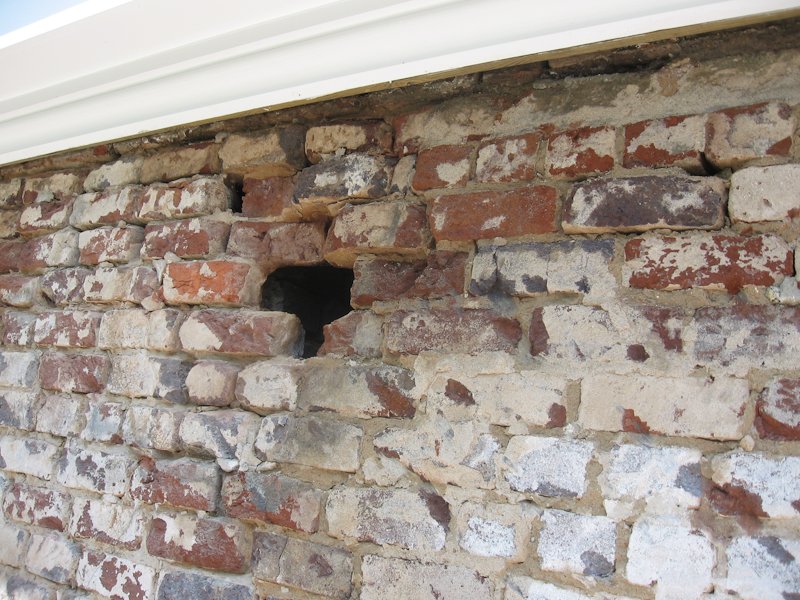Stucco over painted block parapet walls
I am an architect in Phoenix Arizona.
I read your article. Stucco over painted block, while I was research this exact situation in one of my projects. My Dunn Edwards Paint Rep. sent the article to me knowing It would be pertinent to what I was doing. I would like to ask your permission to incorporate a lot of your process into my specification on this existing residence that we have been hired to correct.
I also have a question for you, if I my take advantage of your experience on this. My existing condition is an exterior painted concrete block veneer parapet approx. 2'-0" high that has raked joints. This area is leaking and after I reviewed the existing condition I discovered that this parapet detail had been modified from a stucco 3 coat application, to a block veneer without notify the owner or myself the architect, never the less the leak is occurring for two reasons potentially 1- The roof connecting to this parapet is a foam roof that was installed with out a cant. 2- The joints in this masonry block veneer are raked joints which creates another potential of leakage at each raked joint.
My recommendations are to apply a 2 coat cement plaster system to the block wall so that the foam roof acrylic finish can go up the parapet on a smooth surface and over the top to seal this situation. This is a detail I have been doing with foam roofs for the last 30 years but always with with a cant at 90 degree intersections of roofs and walls. My question is that I was going to specify to apply the first base coat on the raked joint painted block but I thought that maybe I should fill the raked joints first, let dry a couple of days depending on weather, then apply the base coat of cement plaster so that the cement plaster is all one thickness to avoid the potential of hairline cracks due to variation of thickness. Of course preparing the surface per your method of chipping the block for better bond. What is your opinion on my thinking on this?
Thank you for your help on this and really enjoyed your article. It was very clear and logical.

No need to fill the brick or block joints first. The scratch coat will squish in between the joints, on badly deteriorated brick joints, or on the raked joints on your project.
A cant on the roof is important, but I think a metal flashing overlapping the edge of the roof membrane and overlapped on the parapet wall with cement mortar at the top is insurance this parapet wall will never leak. It can't hurt. Any water entering from the coping, through the wall, etc. will never find it's way into the building.
One thing I have to say that is real important. There is no need to fill in the raked joints first. These will be filled in by the scratch coat. The scratch coat should be applied with enough force to fill in the joints.
The idea of tuckpointing the joints first is a waste.
Tuckpointing is done when the bricks are intended to be left exposed. It is a process of squishing in small quanities of mortar, usually weak mortar, into the brick joints. This is a complete waste if stucco is to be applied. The scratch coat will squish in way back in between the brick, supporting the brick. Bear in mind, our flex-con mortar adds a lot of strength to the mortar and adds support to the brick. I have lost jobs in the past because I didn't win this argument. Shrinkage will be controlled by the flex-con in the scratch coat, so you shouldn't have any shrinkage cracks, or at least very few in the scratch coat. These will be filled in anyway by the brown coat
Shrinkage cracks in the brown coat can be eliminated by putting on a finish coat with our same half flex-con and half water formula. The Flex-con people owe me a lot for promoting their product. There are other brands of acrylic bonding admixtures, such as Acryl-60, or Akryl 7-T. These are usually available from a building supply that carries concrete additives.
Thanks so much for visiting my site.